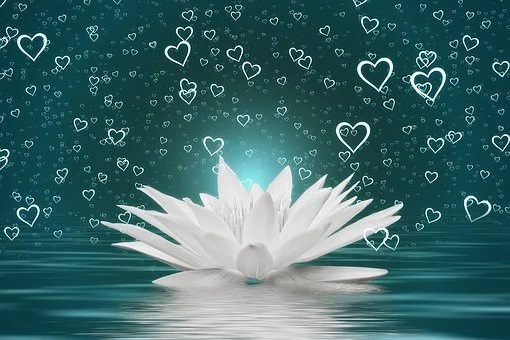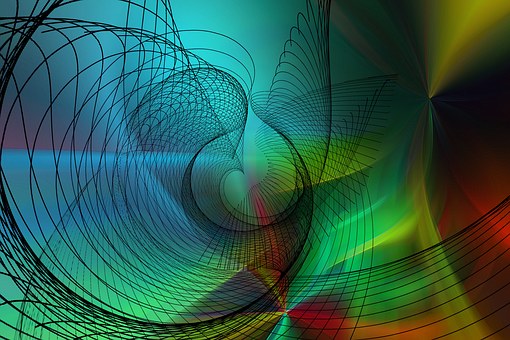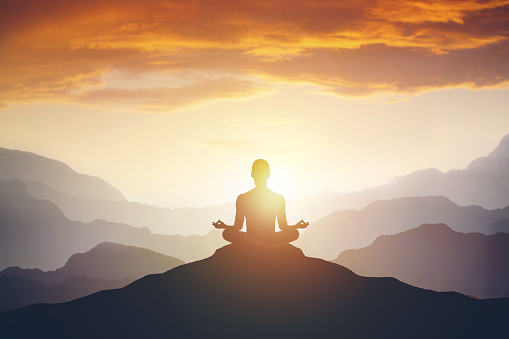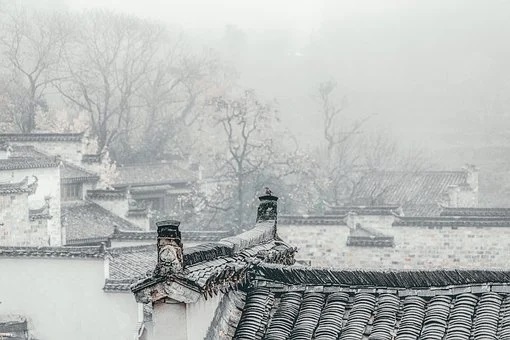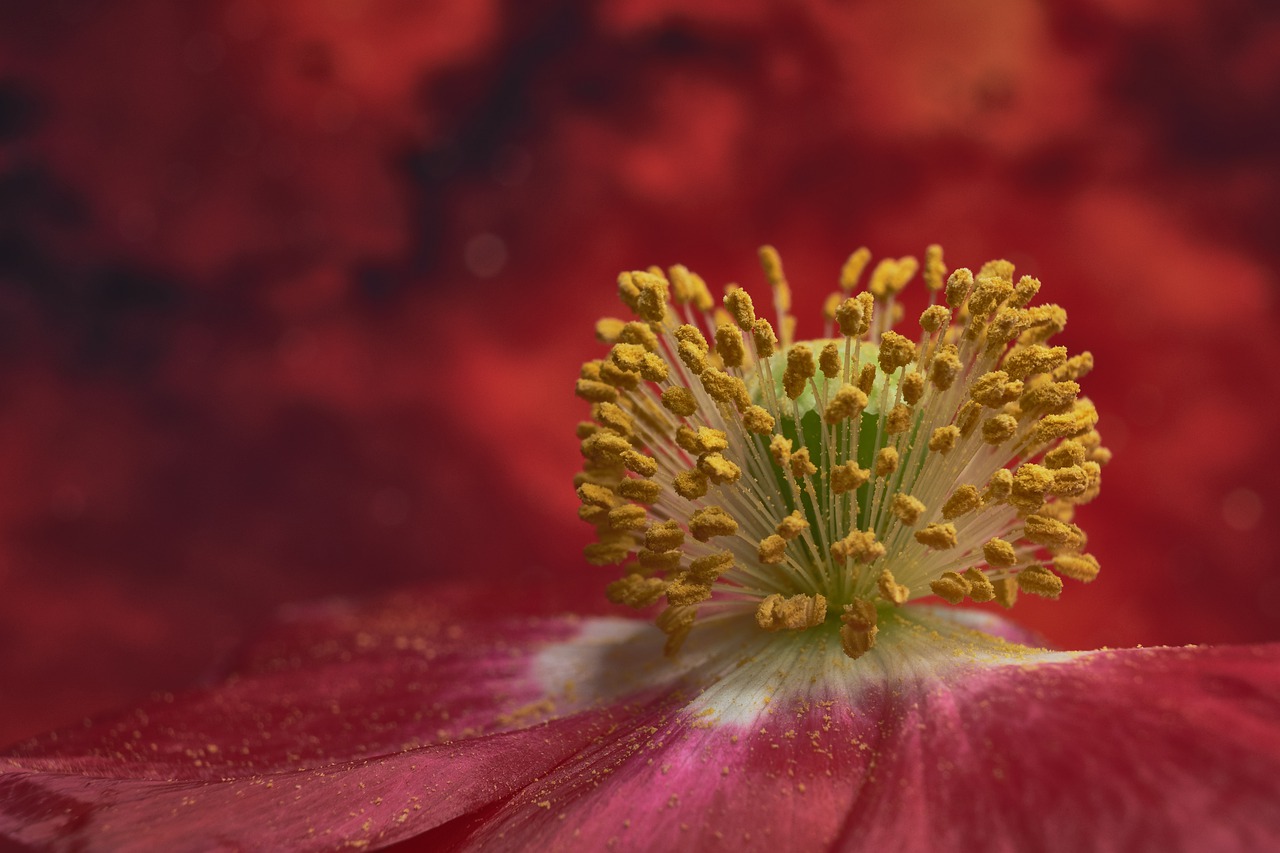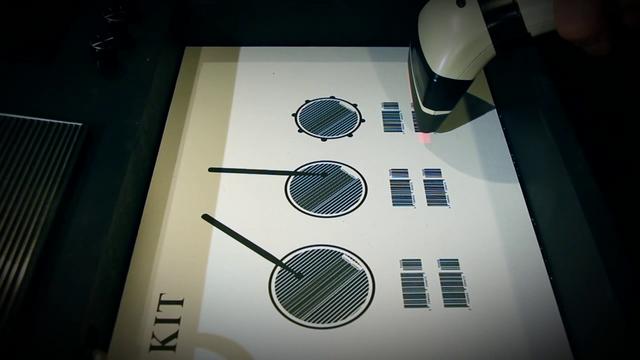Patrul Rinpoche once said: “If renunciation and bodhicitta are absent, a person cannot sow the seeds of liberation even after nine years of Dzogchen retreat.” We ought to reflect deeply on this statement: it is the most sublime Dzogchen that one spends not a few days or several months but nine years to practice; in terms of methodology, it is undertaken in retreat away from any contact with the world outside; despite this, one cannot sow the seeds of liberation because one does not have renunciation and bodhicitta. This should be enough of a warning. Without renunciation and bodhicitta, we may find ourselves in a position wherein the cause of liberation cannot be established even after nine years of Dzogchen practice! Thus, renunciation and bodhicitta are extremely important to any practitioner.
~Depicted from GATEWAY TO THE VAJRAYANA PATH - Entering the Vajrayana Path



